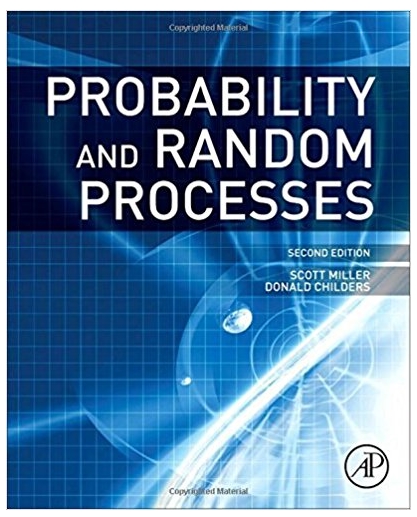Question
Exercise 2 Emerging research has identified Secondary Traumatic Stress (STI) as an occupational hazard for those helping professionals whose work focuses on providing child welfare
Exercise 2
Emerging research has identified Secondary Traumatic Stress (STI) as an "occupational hazard" for those helping professionals whose work focuses on providing child welfare to children. On a daily basis, child welfare (BI) professionals are exposed to traumatic or abusive events that are reported to them by children and adults who live in violent homes. With this concern, the researchers Sprang, Craig and Clark (2011) undertook the task of evaluating the STD in various helping professionals who work with children in various contexts. The professionals were contacted by email or regular. Those who agreed to participate in the study responded to an online survey in which the Professional Quality of Life IV questionnaire (Stamm, 2005) was included, which allows evaluating STD among other areas. The higher the score, the higher the ETS. All participants were asked a screening question to ensure that all provided services to people exposed to traumatic situations. Support professionals included in the study include certified or licensed Child Welfare (BI) workers, outpatient behavioral health (PA) professionals, school psychologists (PE) and social workers (TS), and psychiatrists. From the information obtained, the results for secondary traumatic stress in helping professionals were as follows.
Help professionaln Mean( x)Standard deviation (s)
Child welfare1444.961.55
Outpatient.2243.131.73
PE and TS1323.241.36
Psychiatrists 1062.911.35
95% reliability z/2 = 1.96
With the information previously provided(Show all the steps of the procedure used)
1. Obtain the confidence intervals for the ETS averages for the helping professionals with a confidence coefficient of .95 and provide the comparisons between groups.
2. Indicate whether the confidence intervals obtained allow us to establish differences between the aid professionals in terms of secondary traumatic stress by answering the following questions: Among which of the aid professionals are there differences? Between which of the helping professionals there seem to be no differences? Provide the data in which you can see how you made the comparisons allows you to answer these questions. Remember that to answer these questions you can use an interpretation format similar to that discussed in class but adjusted to this exercise, integrating results as part of the interpretation.
3. Which of the helping professionals has a higher level of STDs?
4. What can we conclude in terms of occupational risk in support professionals who work with people exposed to traumatic situations?
5. What implications could these findings have in terms of occupational risk and possible "burnout" (burnout at work or exhaustion)?
Step by Step Solution
There are 3 Steps involved in it
Step: 1

Get Instant Access to Expert-Tailored Solutions
See step-by-step solutions with expert insights and AI powered tools for academic success
Step: 2

Step: 3

Ace Your Homework with AI
Get the answers you need in no time with our AI-driven, step-by-step assistance
Get Started


